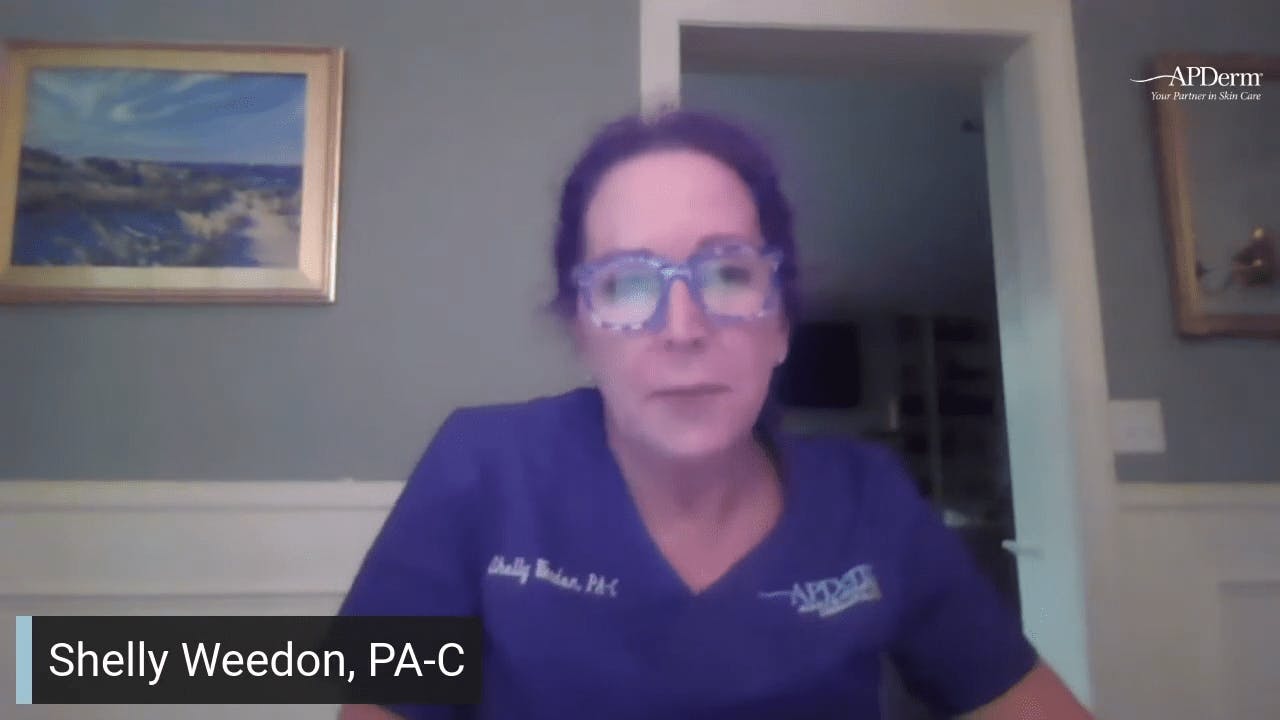Classified as excessive sweating, hyperhidrosis can be quite common.
Causes of Hyperhidrosis
The problem can be primary, meaning that the cause is not another medical problem. When the cause is unknown, dermatologists refer to it as idiopathic. Sometimes, hyperhidrosis is secondary, meaning that it stems from another medical problem or is a side effect of a medication. Excess sweating is known as either focal (occurring on certain body parts) or generalized (large areas of the body sweats). There are three types of hyperhidrosis:
- Primary focal hyperhidrosis most often affects the feet, hands, underarms, head and face. Typically, it affects both sides of the body equally. This type often starts in childhood when it affects the hands and feet. It starts during puberty when it affects the underarms.
- Generalized idiopathic hyperhidrosis is when large areas of the body sweat and the cause is not clear. Treatment for this is most often oral medicine.
- Secondary generalized hyperhidrosis results from medicine or a medical problem. Conditions that can cause it include menopause, an overactive thyroid, diabetic nerve disease (peripheral neuropathy), obesity, and stroke. Medications for blood pressure and depression can also cause this type of sweating.






